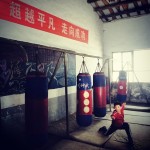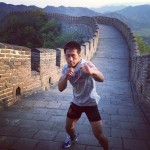I wrote about Wushu and the Olympics here before. The consensus then, as it is now, is that the International Wushu Federation has failed to identify itself clearly on the international stage like other sports have. Not only that, but in trying to do so, organized Wushu associations have done a disservice to the art and the practitioners, by diluting and distorting what wushu really is.
Well, the verdict is in, and wushu was scrubbed from the short list of sports that could be in the Olympics come 2020. Wrestling, squash, and baseball/softball made it past the first round, while wushu, karate, wakeboarding, roller sports, and sports climbing failed to get in.
I would say that wakeboarding, roller sports and sports climbing are real long shots, but its hard to say with the Olympics. They dropped world famous sports like wrestling and baseball, and took on golf, which appeals to a rather small audience. There are 39 criteria that the Olympics look at in order to evaluate whether or not a sport should be in or out.
Reading reports about the selection process are instructive. Most refer to Wushu as something akin to gymnastics, with ceremonial sword and staff movements. Many reports also posit that Wushu’s bid suffered from not using the more well-known term “kung fu” …
When I read things like this, I am just further convinced that the Chinese push to include Wushu is another misguided attempt at soft power without really realizing what sport, Olympics, Wushu, or soft power are really all about.






